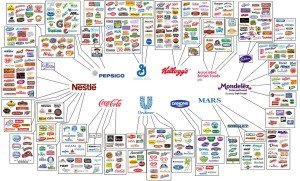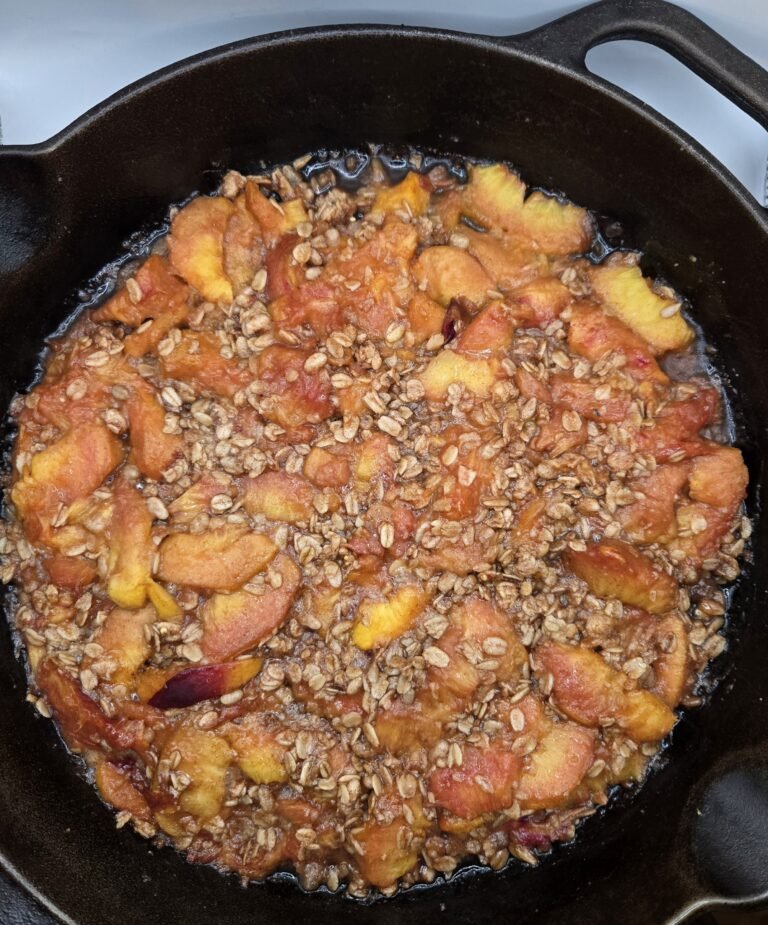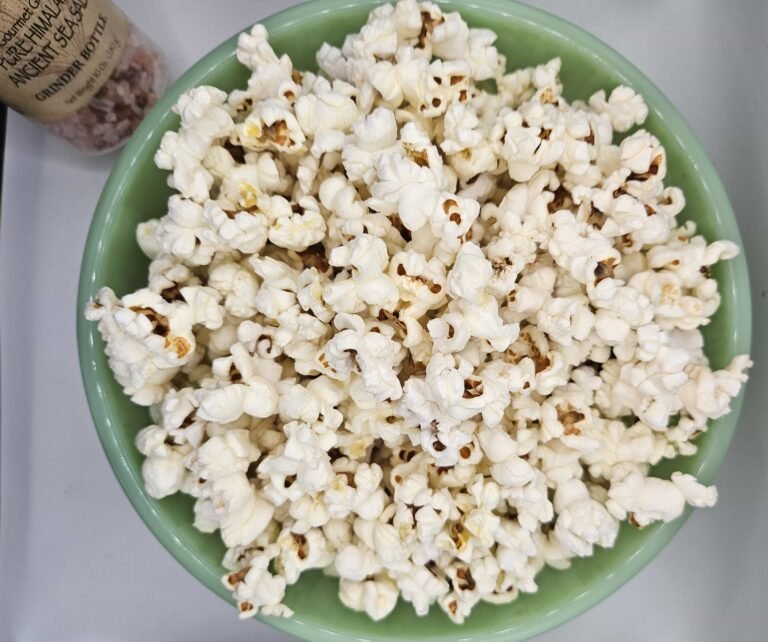Sometimes I ask myself, “If purple carrots are the best carrots for the people, how come everyone buys orange carrots?” It’s kind of like asking, “If high fructose corn syrup is bad for you, why is it in almost all of the drinks, including the vending machines at the schools and summer camps?” Those kinds of decisions are usually made by the top ten most influential food and beverage companies: Associated British Foods, Coca-Cola, Groupe Danone (France), General Mills, Kellogg, Mars, Mondelez (Kraft), Nestle (Switzerland), Pepsi, and Unilever.[1] Chris Jochnick, director of the private sector department at Oxfam America, stated that, “Just a handful of companies can dictate food choices, supplier terms and consumer variety.” The top five have at least $50 billion in assets and employ over 1.5 million people.[2]
Oxfam International’s 2013 report Behind the Brands[3] assesses the social and environmental effects of these companies, because they know that informed communities and consumers can influence food justice.

When you buy local food, most importantly you support your small farms who can choose what to grow. Another benefit of buying local is that transportation of food represents 11% of greenhouse gas (GHG) emissions of the average U.S. household’s carbon footprint.[4] Even though I’ll never be able to buy a local pineapple where I live now, a couple of times a year I get one because they’re one of my favorite fruits. Some of our lucky readers in Hawaii may have them growing in their backyard. One cup of pineapple provides nearly 100 percent of your daily recommended vitamin C and manganese.
It’s a little time-consuming to prep a pineapple, but it’s worth it. Usually there are directions on how to peel and slice them on a tag around the neck of the fruit, but it’s harder to make rings unless you have a corer.
Today we’re going to a JV soccer team potluck so I don’t have to make dinner, but was assigned to bring a dessert. One of my favorite desserts is pineapple upside down cake, minus those dreadful, carcinogenic factory cherries. My daughter made this healthier and gluten-free version out of the August 2014 Cooking Light (sans the rum of course) and we all loved it. This is her modified recipe, including doubling for a 9×13 pan. It is best the day it is made, so it makes an excellent potluck contribution.

Pineapple Upside Down Cake
1/2 cup packed brown sugar
1/4 cup unsalted butter, divided
1 t vanilla
12 (1/2-inch-thick) slices fresh pineapple
2 1/2 C flour (2 cups all-purpose gluten-free and ½ cup almond flour)
1 t baking powder
1 t sea salt
1/2 t baking soda
1 C sour cream
¼ C coconut oil
1 ¼ C organic coconut palm sugar
4 eggs
Preheat oven to 350. Combine brown sugar, 2 tablespoons butter, and vanilla in a large skillet over medium heat; cook 5 minutes or until butter melts and sugar dissolves, stirring frequently. Add pineapple in a single layer. Simmer 5 minutes on each side or until slightly tender and caramelized. Arrange pineapple in a single layer in bottom of a sprayed 9×13 pan; pour sugar mixture over pineapple, tilting pan to coat bottom evenly.
Combine flour, baking powder, salt, and baking soda. Melt remaining 2 tablespoons butter and whisk with sour cream and oil.
Beat sugar and eggs in a large bowl at high speed 5 minutes. Reduce speed to medium and add flour mixture and sour cream mixture alternately to egg mixture, beginning and ending with flour mixture. Spoon batter over pineapple, spreading evenly. Bake for 35 minutes or until a wooden pick inserted in center comes out clean. Cool in pan 15 minutes. Loosen cake from edges of pan with a knife; invert onto a plate
[1] “Companies that Control the World’s Food,” Alexander Hess, 24/7 Wall Street, Aug. 2014. http://247wallst.com/special-report/2014/08/15/companies-that-control-the-worlds-food/#ixzz3CTN9LFGw
[2] “Behind the Brands: Food justice and the ‘Big 10’ food and beverage companies,” Oxfam International, Feb. 2013. http://www.oxfam.org/en/grow/research/behind-brands
[3] Figure source: Page 8 of 2013 report, Joki Gauthier for Oxfam 2012. For more information on this figure and to see it online, visit http://www.behindthebrands.org
[4]“Food Miles and the Relative Climate Impacts of Food Choices in the United States,” C Weber and HS Matthews, Environmental Science Technology, March 2008.





